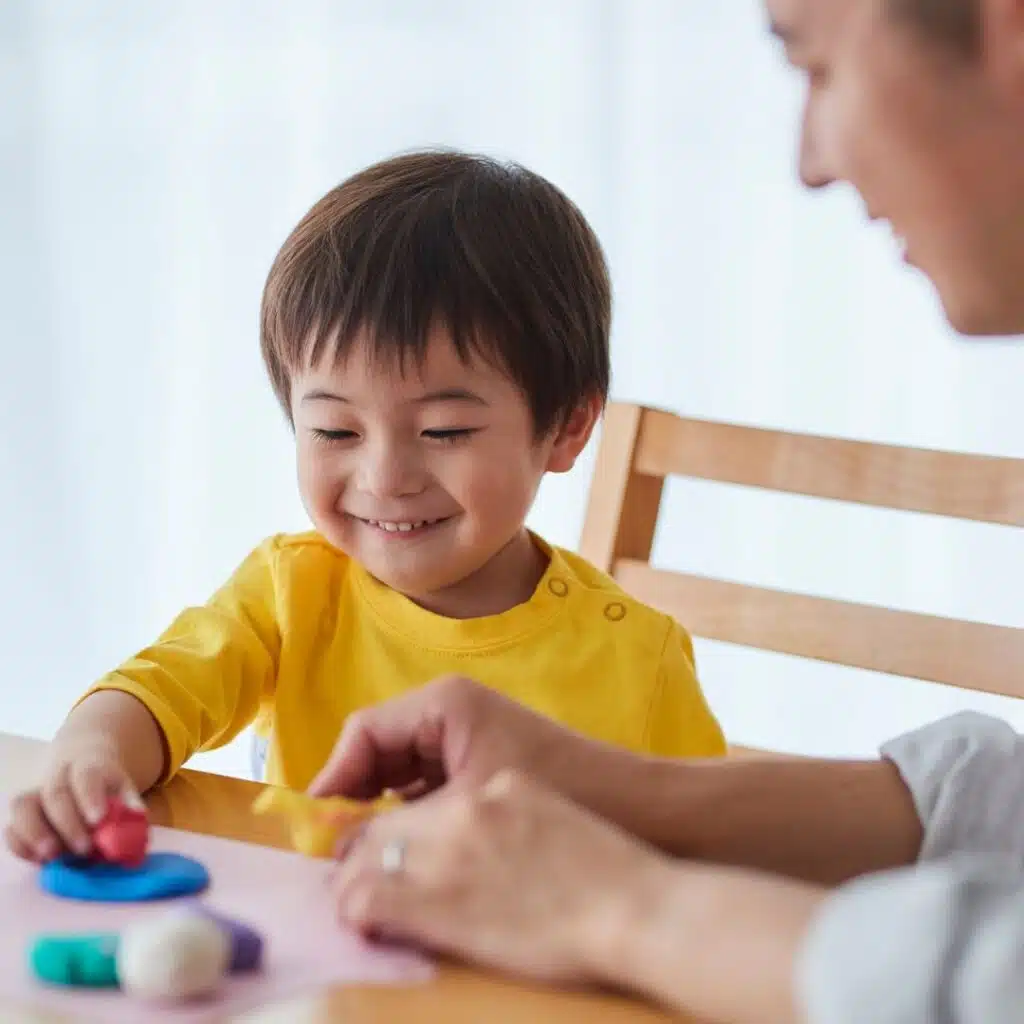Burnout and Anxiety in Motherhood: How to Spot the Signs
Often when the topic of motherhood comes up, it’s described as a season of joy, but it can also be a season of pressure...

Packing snacks and lunches was always an adventure when my daughter was in grade school. She was commonly called a ‘picky-eater’ amongst friends and teachers. By the time she stopped needing (or wanting) my help in high school, I was nostalgic for one last chance to sort through the epic challenge of ensuring she didn’t reject my latest flavour/texture solution for the nutrients I knew her body needed for fuel.
Little did I know that by the time she graduated from high school this summer, I’d learn more about eating disorders in children today, than when I secretly grew up with (not one, but) two eating disorders.
As a reflection of just how early kids begin forming beliefs about their worth based on how they look, a joint 2016 report by the BC Ministry of Education and BC Children’s Hospital cites a study finding that “being fat is more frightening to some girls than cancer, nuclear war or even losing their parents.”¹
Children as young as second grade have been diagnosed with eating disorders, and by kindergarten, many girls already report being “concerned about their weight or shape.” While rates are highest among girls, disordered eating is also on the rise among boys and gender-diverse youth. Kids of all body types, in both public and private schools, are absorbing powerful messages from the appearance economy—long before we expect them to.
Body-based bullying is the most common form of bullying in today’s schools. According to the National Eating Disorder Information Centre (NEDIC), approximately 40% of 11‑ to 12‑year‑old students in Canada report having been teased about their appearance.² It goes to show just how common appearance-based teasing happens at school—especially during the vulnerable pre-adolescent years.
The fallout? It isn’t just emotional. It has serious mental health consequences. Numerous Canadian studies and school health surveys have found that children who are bullied are at significantly higher risk for:
The playground is a petri dish for how kids absorb body-shame messages in elementary school. But it’s not the only place where body talk takes root. From climbing domes to kitchen cupboards, the pressure to get things “right” — to eat right, look right, be right — is mounting. And the cost is growing, for kids as much as for their parents.
When bullying targets appearance or body size, it often overlaps with weight stigma—a form of discrimination so normalized on playgrounds, in media, and within families that it often goes underchallenged. Why?
Weight stigma isn’t new. It’s multi-generational. Kids overhear adults critiquing their own bodies—or someone else’s—and gradually absorb the message that “thinner” or “muscular” is better, and that their body is something to fix.
For children who are sensitive, anxious, or perfectionistic, food can become a way to feel in control. (This is especially true for kids who are neurodivergent—those with ADHD, autism, or with traits of OCD—who may already be navigating heightened sensory input, rigid thinking, or a deep need for routine.)
For any child struggling to deal with emotional regulation – eating behaviours can quickly turn into coping mechanisms, especially if adults in their lives avoid conversations around heavy emotions out of fear of “making it worse.”
Silence does not prevent struggle— conversations do. When we intervene early, we don’t just help our kids feel better now—we help them avoid a longer and more painful road later on.
Children don’t just absorb messages from the media they’ve got access to, they soak up beliefs from peers. Teasing from classmates about being “chubby,” “too skinny,” or “looking weird” can cut deeply, especially when kids are already confused about how their bodies are changing while moving towards puberty.
At the same time, kids notice how their elders talk about food. They listen in on teachers, older cousins and siblings, and most powerfully— grandparents and parents. Comments like, “I need to be good today,” or “This has too many calories,” may seem harmless but quietly teach that some foods—and by extension, some bodies—are bad.
Body image isn’t just about appearance—it’s about how kids feel in their bodies. When children start comparing themselves to older siblings or socially admired children in other grades, they may feel like their own body doesn’t measure up. This gap between perception and reality is where shame begins to settle in.
Helping children become media-literate—able to spot filters, stereotypes, and unrealistic appearance standards—builds self-protection. But media messaging is just one piece. Kids also need space to express their feelings about food, bodies, and identity without being shut down or rushed to reassurance.
Unfortunately it only takes a few months of repeated disordered eating habits to turn into a mental health crisis. A child with an eating disorder might appear healthy by any standard, at first. And depending on body type, things can fly under the radar at home and school if elders or peers take notice of weight loss as an “accomplishment”.
Newly formed food-feelings and patterns can secretly evolve when nothing else seems to help. Unless a child appears underweight, most other signs of eating disorders go unnoticed. Your child doesn’t have to “look sick” to be struggling on the path towards an eating disorder. But parents can sense something is “off”—long before a growth chart confirms it.
If your child says, “I hate my [body part],” your first instinct might be to fix it—“But you’re not fat!”
Resist that urge. Instead, shift the conversation from appearance to emotion:
These kinds of responses normalize discomfort without reinforcing shame.
Watch out for moralizing language around food. Phrases like “You were so good today” or “Let’s be bad and have dessert” may seem playful, but they attach value to food choices in a way that can lead to confusion or guilt.
Instead, use body neutral language. Talk about how food helps us feel energized, focused, strong, or satisfied. Eating should be experienced as something safe, flexible, and emotionally supported—not a test of willpower or worth.
You know your child best. When their eating habits or emotional tone around food starts to shift, you don’t need to wait for extreme symptoms to take it seriously.
Watch for:
Children who seem outwardly well-adjusted may be quietly distressed. Some may be praised for being disciplined, while privately dealing with overwhelming anxiety or depression.
When they say something negative about their body, pause before correcting. Try:
These questions build connection, not correction—and should keep the door open for future conversations.
We can’t shield kids from every toxic message, but we can help them by building the tools for ourselves to question, reject, and replace outdated messages.
Resilience doesn’t mean brushing off body shame or pretending it doesn’t hurt. It means facing it openly, staying curious about our children’s inner worlds, and being willing to unlearn our own internalized narratives too.
This kind of age-appropriate early intervention simply means listening sooner and acting gently but decisively when something feels off. It means creating space for feelings, before food avoidance becomes the place where feelings hide.
Penny Greening is the founder of Reframe Voices, a BC non-profit on a mission to provide early eating disorder education to parents, guardians, and educators. Drawing on research, childhood, youth and adult ‘lived’ experiences, and Board experience in Clinical Psychology, Education and parenting, Penny and her team have developed programming that helps parents break-down the hidden roots of eating disorders to lean into models of prevention and awareness rather than secrecy and shame. Learn more about the ‘Beyond Body Talk’ workshop at ReframeVoices.ca or other ways to help families in need.
Often when the topic of motherhood comes up, it’s described as a season of joy, but it can also be a season of pressure...

A fun story about a mother dealing with her daughter's colour change.

Orchid children, highly sensitive and deeply perceptive, are gifts to the world who simply need to be nurtured with care and understanding.
